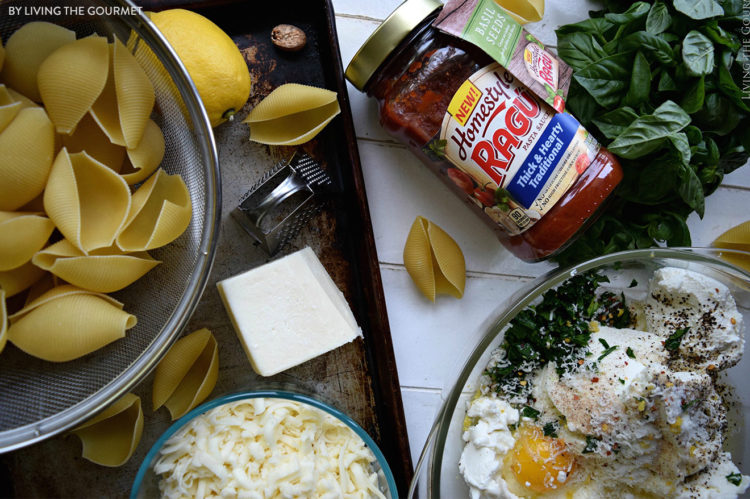The internet is a mostly visual medium, and any content creator can attest to the importance of displaying amazing photography in attracting engagement and new followers.
This is especially true for websites and social channels which frequently feature food-related content. Veteran Linqia influencer Catherine Pappas of Living the Gourment creates breath-taking food photos to highlight her wonderful original recipes, and the quality shows in the impressive performance she achieves in all of her Linqia campaigns. She has shared some of her tips to getting those melt-in-your-mouth food pics that will be shared widely.
This is the first of a series of posts that will help you take your campaign images to the next level of quality and performance:
Living the Gourmet
Photography is perhaps the single most important aspect of being a food blogger, since people cannot actually “taste” what we have made, we have to make it as appealing to the eye as possible. In other words, presentation is key, and that is where the photography comes in.
With that in mind, here are the four most important rules to perfecting food photography.
1) Lighting – Whether you are going for bright and clear or dark and moody, lighting is the key to good photos. Even if you have the best camera, your pictures will not do your menu justice until you learn how to set the lighting. Aim for natural light. Take your photos in the day if that is possible, preferably near a window.
If you are shooting at night, invest in a natural light lamp to ensure clear photos.
2) Props – Food photography is more than just a pretty plate. You need to create a story around the dish to entice the reader and the audience. You’ll notice that in many of our photos, I place fruit slices, herbs, or nuts around the finished plate to highlight the main ingredients. Sometimes, I will decorate with fresh flowers, or a pretty napkin to accent the plate. It is all about the ‘finishing touch’ that adds character and charm to the photos. Don’t be afraid to get creative and add your personality to your photos. Find your “signature” or niche. This is what will help make your photos stand out.
3) Photo Editor – Photo editors are just as important as the lighting. They can help “spot heal,” provide filters to help with the mood you might be trying to achieve, and help you adjust the lighting, coloring and clarity. While there are plenty of free programs out there to get started with, investing in quality software is suggested.
Programs to try for free are PicMonkey, Canva and VSCO.
PicMonkey and Canva offer limitless editing options for your photos and allow you create graphs and watermarks. I use them both all the time for my photos.
I enjoy testing out different tones and moods with each of my post because each post presents a new story to tell. This is where VSCO comes in, which is a great free app available that offers free filter sets and premium filter sets depending on what you are looking for. Sometimes, I will transfer my photos to my phone to edit them through VSCO. This service also offers features to sharpen or blur, as well as color adjustment. It’s a great tool for blogging and social media.
For those looking for a good editing software, try Lightroom or Adobe Photoshop Elements.
Recently, I also discovered Radlab, a brand new software that works alongside Lightroom and Photoshop Elements. It offers a variety of new filters that work completely differently than the filters you might be used to working with on social media. The filters with Radlab help clarify photos, adding more focus to your shot. Their filters also boost colors in a variety of different moods and will bring your photography to a whole new level.
4) Camera – When I first started blogging I had a point-and-shoot camera. I then upgraded to an iPhone, believe it or not. The camera on my iPhone was clearer than any point-and-shoot I had owned and helped bring my blog to new levels. However, once things started picking up, I finally had to make the leap to a Nikon D3300.
All of that said, the take away here is that “photography” is essentially a process, from “setting the stage,” to taking the photo, to making adjustments to achieve a desired result. While a good photographer might not necessarily ‘need’ a pro camera, at this level it certainly helps!
-Catherine Pappas, owner of Living the Gourmet
For more on Living the Gourmet, read her Influencer Spotlight.
Learn more tips on how to optimize your campaign content for performance at the Linqia Help Center!
